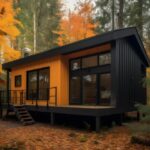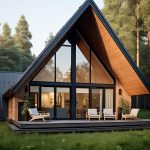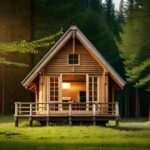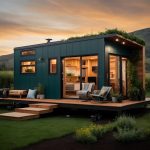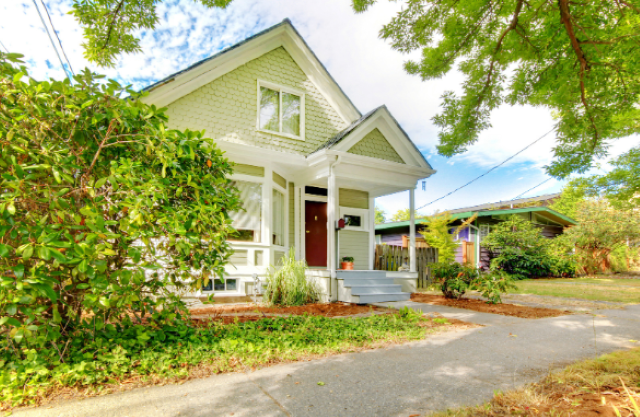
The allure of a tiny house is undeniable. The thought of a simpler life, reduced expenses, and the ability to travel often feels like a dream come true. With TV shows highlighting their benefits and charm, it’s no wonder that many are taking the leap to downsize. However, with the compact size comes the challenge of designing the perfect space for you. Even the smallest design mistake can have large repercussions when working within a few hundred square feet. While building your tiny dream house, it’s essential to get everything right the first time. Here are seven common mistakes to avoid ensuring your tiny house journey is smooth and rewarding.
Not Considering Your Actual Needs and Lifestyle
The charm of a tiny house can sometimes overshadow the reality of living in one. Before you dive into the design, take a moment to consider your day-to-day needs. Do you work from home and require a designated workspace? Are you an avid cook who needs a decent-sized kitchen? Do you have pets or plan to in the future? Designing without considering your genuine needs might leave you with a beautiful house that doesn’t practically serve your lifestyle.
Poor Storage Solutions
Storage is golden in a tiny house. A common mistake is underestimating the amount of storage you’ll need. It’s not just about having places to put your things, but designing intelligent storage solutions. Think multifunctional furniture like beds with storage underneath or seating that doubles as a chest. Also, take advantage of vertical space. Wall-mounted shelves, magnetic strips for kitchen utensils, and pegboards can be game-changers.
Ignoring the Weight
Many tiny houses are built on trailers, making them mobile. However, trailers have weight limits. It’s easy to forget this and get carried away with luxurious finishes and amenities. Using heavyweight materials can quickly add up, making it unsafe or illegal to tow. Always keep weight in mind, choose lighter materials when possible, and regularly check the overall weight as you build.
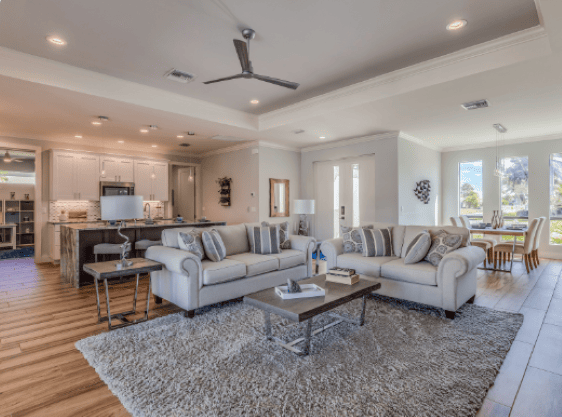
Overlooking Ventilation and Insulation
Given the limited space, proper ventilation is crucial for maintaining air quality. Without adequate ventilation, problems like mold, condensation, and uncomfortable indoor temperatures can arise. Similarly, proper insulation is vital for temperature control. Many first-time builders either over-insulate, making the house too warm, or under-insulate, leading to chilly winters and scorching summers. Research and invest in the right type and amount of insulation for your climate.
Not Checking Local Building Codes and Zoning Laws
The tiny house movement is relatively new, and many cities and towns are still catching up in terms of regulations. Just because you’ve seen a tiny house somewhere doesn’t mean it’s legally compliant everywhere. Before investing time, energy, and money, ensure that you’re familiar with local building codes and zoning laws. Some areas may have restrictions on where you can place your tiny house, especially if it’s on wheels. Others might require certain safety features or utilities.
Skimping on Window Placement and Size
Windows play a crucial role in any home, especially in tiny houses. They provide natural light, help in ventilation, and can make your space feel larger. A common mistake is either having too few windows or poorly placing them, which can result in a dark and claustrophobic environment. It’s also essential to consider the size of the windows. Too large, and you might lose out on precious wall space for storage; too small, and you could miss out on potential light and views. Strategically placing and sizing windows can help maximize light, provide privacy where needed, and enhance the overall livability of your tiny house.
Neglecting Outdoor Living Spaces
One of the charms of tiny house living is the ability to integrate more closely with the surrounding environment. However, many people focus solely on the interior and forget about the potential of outdoor spaces. Not maximizing the use of decks, patios, or fold-out extensions can be a missed opportunity. These spaces can serve as additional living areas, especially in good weather, effectively extending the usable space of your tiny house. Whether it’s for morning coffee, outdoor dining, or just relaxation, consider how the outdoors can be an extension of your indoor space.
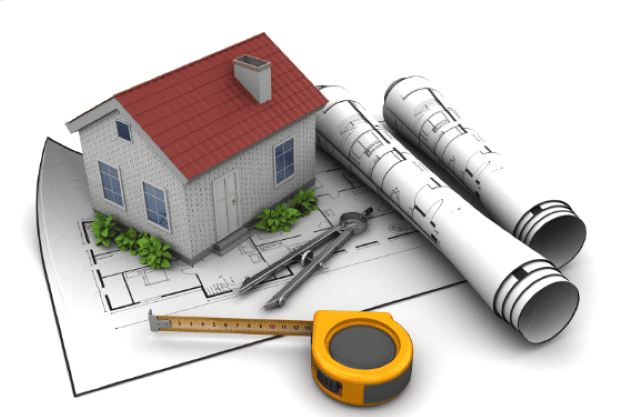
Conclusion
Designing and living in a tiny house can be an exciting adventure, but it’s essential to approach it with a well-researched plan. By being aware of these common mistakes and planning accordingly, you can create a cozy, efficient, and legal tiny home that suits your needs and lifestyle perfectly. Remember, it’s not just about creating a miniature version of a regular house; it’s about optimizing the space you have and making every inch count. Avoid these pitfalls, and you’ll be well on your way to tiny house bliss.

